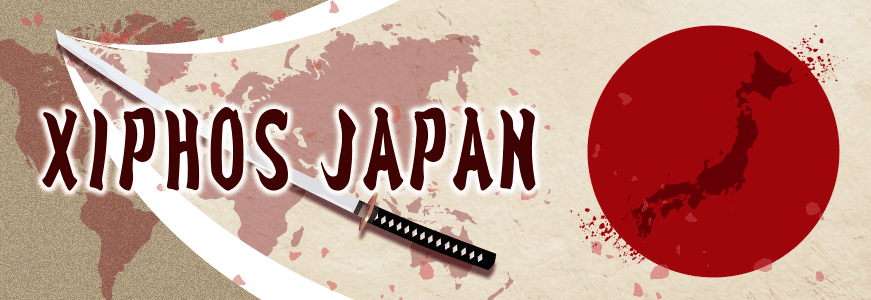
As of 2025, China will still be the largest trading partner for the Australian economy. Not only underground resources such as iron ore, coal and LNG, but also agricultural products, education, tourism – every major industry has been more or less dependent on our relationship with China.
It is no exaggeration to say that Australia’s economic growth, particularly in the last two decades, has been due to its economic honeymoon with China.
However, that relationship is now beginning to look very shaky. In China in particular, the National Bureau of Statistics of China has temporarily stopped publishing urban youth unemployment rates (aged 16-24) from 2024 onwards. The reason given was ‘to improve the accuracy of the data’, but in reality the rate has remained an anomaly at over 20%, and it has been pointed out that this is due to political control.
The mismatch between academic inflation and employment is becoming more serious, especially as the number of university graduates reaches more than 10 million per year, and a sense of economic stagnation is spreading, especially in urban areas.
Cooling consumer confidence is steadily depressing demand for high value-added agricultural products (e.g. wine and beef) and education services, which are signature products for Australia!
Beyond the economic slowdown, other structural problems in China, notably high youth unemployment and stagnant domestic demand, as well as heightened political risk, are becoming an unacceptable ‘geopolitical cost’ for Australian businesses.
Indeed, Australian wine exports were temporarily devastated by Chinese anti-dumping duties, and although tariffs were removed in 2024, they have not regained their former momentum. As one industry insider noted, ‘Unemployed young people can’t afford to buy a bottle of grange (fine wine) at $300 a bottle.’
Meanwhile, the Australian Government is seeking a balancing diplomacy that ‘maintains economic ties with China, but moves away from over-dependence’. One of the symbolic moves will be to strengthen economic ties with India, ASEAN and the Middle East.
For example, the Australia-India Comprehensive Economic Agreement (AI-ECTA), which entered into force in 2024, is a joint public-private effort to increase exports of agricultural products and mineral resources to India. Partnerships with the UAE and Saudi Arabia are also underway in the green hydrogen and renewable energy sectors.
However, the ‘escape’ from China risk is not so easy. For example, in the mining world, China still exports nearly 80% of Australia’s iron ore.
Australia’s leading mining companies, BHP and Rio Tinto, remain so dependent on the Chinese market that any change in the Chinese market will directly affect their financial results.
More recently, Chinese economic instability has had a serious ripple effect on the Australian stock market and economy, as Chinese construction investment has slowed and iron ore prices have temporarily fallen.
Other parts of the education industry are also very dependent on China. The management of each school would not be possible without the presence of Chinese students. In fact, more than 30% of international students enrolled in Australian universities are from China. The current situation is that parents are unable to afford the cost of overseas study for their children due to unemployment among young people in China, and as a result, concerns are beginning to emerge about the financial health of educational institutions.
In this context, attention is turning to a new perspective on economic security. In early 2025, the Australian Federal Government will further strengthen its screening criteria for foreign investment in critical infrastructure, and is particularly nervous about Chinese companies investing in agricultural land, mines and ports from a national interest & security perspective.
The issue of Chinese companies leasing the port of Darwin (NT) for 99 years is also a hotly debated issue again in the country. As well as national security risks, the reality that past agreements can become future threats has alarmed both companies and governments.
For Australia, China is both a partner and its greatest ‘uncertainty’. How do we deal with this contradiction? The answer is not to ‘get out of China’, but to question the need for a good sense of distance and ‘coexistence’, rather than leaving everything to China.
Companies need to diversify their export destinations based on risk diversification, develop new markets in the digital and green sectors, and strengthen their domestic supply chains. Some say that in addition to resource diplomacy, the government should also strengthen its support for the diversification of businesses that ‘move people’, such as education and tourism.
The question of how to deal with China is not just the domain of diplomats and politicians, and it is time for all Australian business leaders to start asking themselves this question as a starting point for rethinking their own business models.







